My No-Nonsense Guide to Winning the War on Slugs
I’ve been deep in the gardening trenches for what feels like a lifetime, managing everything from tiny, precious flower beds to gardens that supply a whole kitchen. And I can tell you this with absolute certainty: nothing makes you question your life choices quite like slugs.
In this article
I’ll never forget one particularly damp spring. I was looking after a garden with these stunning delphiniums. They were my pride and joy. One morning, I walked out to find the new shoots, which were a good foot tall the day before, completely mown down to slimy, glistening nubs. The silvery trails everywhere told the whole story. It was a tough lesson, but it taught me that successful gardening isn’t about finding one miracle cure. It’s about understanding who you’re up against and using a smart, layered strategy.
A lot of people just see slugs as gross pests. And yeah, they are. But in the grand scheme of things, they’re decomposers, breaking down old, dead stuff. The real problem starts when their numbers explode in our gardens, where we’ve basically laid out an all-you-can-eat buffet of tender plants. So, the key isn’t total annihilation. It’s about making your garden a place where your plants thrive and slugs… don’t. This guide is built on everything I’ve learned, combining proven techniques with a solid grasp of how these slimy invaders operate.
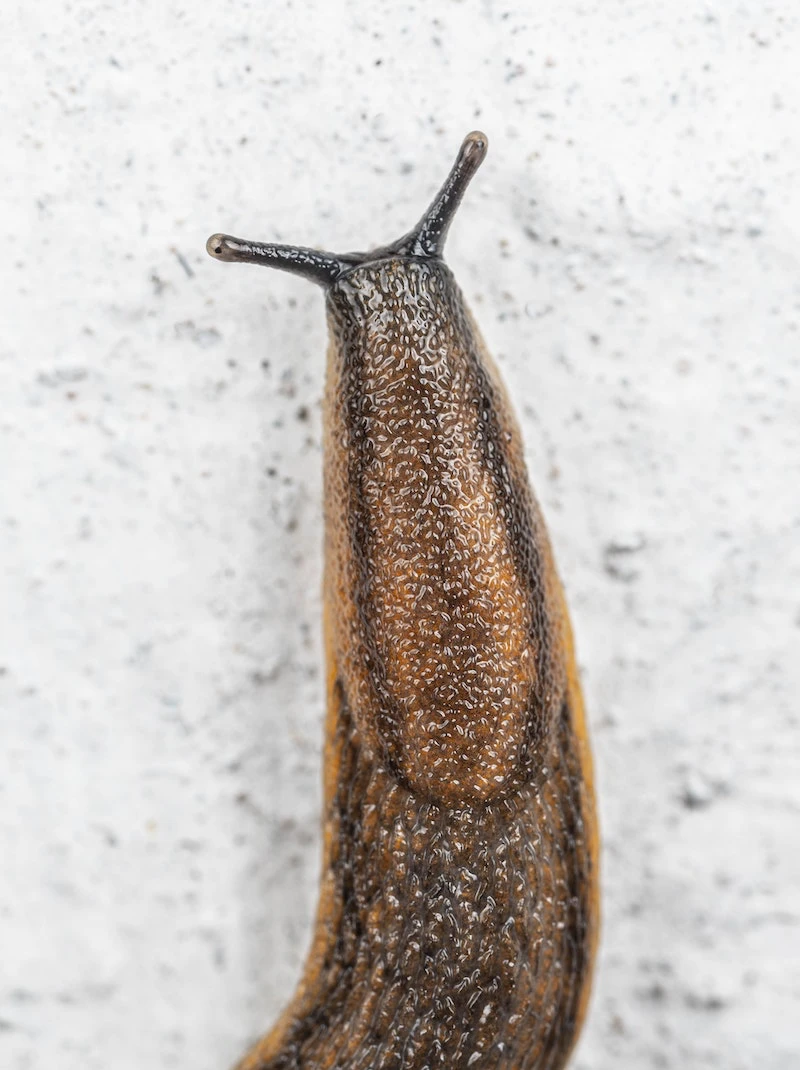
First, Know Your Enemy
Before you can win, you have to know what you’re fighting. Slugs aren’t insects; they’re mollusks, basically snails that gave up their house. This is their biggest weakness. Without a shell to protect them, they are incredibly vulnerable to drying out. Honestly, nearly every control method we have exploits this one simple fact.
Slugs are creatures of the night, or at least of cool, damp weather. When the sun is beating down, they retreat to dark, moist hideouts to survive. They get around on a muscular “foot,” leaving behind that tell-tale mucus trail to stay hydrated. Oh yeah, and that slime? It’s over 90% water.
Most garden slugs live for about a year. They’re hermaphrodites, which means every single slug can lay eggs after mating. They lay them in little clusters of 20 to 100, looking like tiny, clear pearls. You’ll find them in the exact places you’d expect: under logs, in cracks in the soil, or tucked away in a compost pile. The main egg-laying season is late summer and fall. This is a huge deal. Taking action in the fall directly cuts down the slug army you’ll face next spring when your baby seedlings are most at risk.
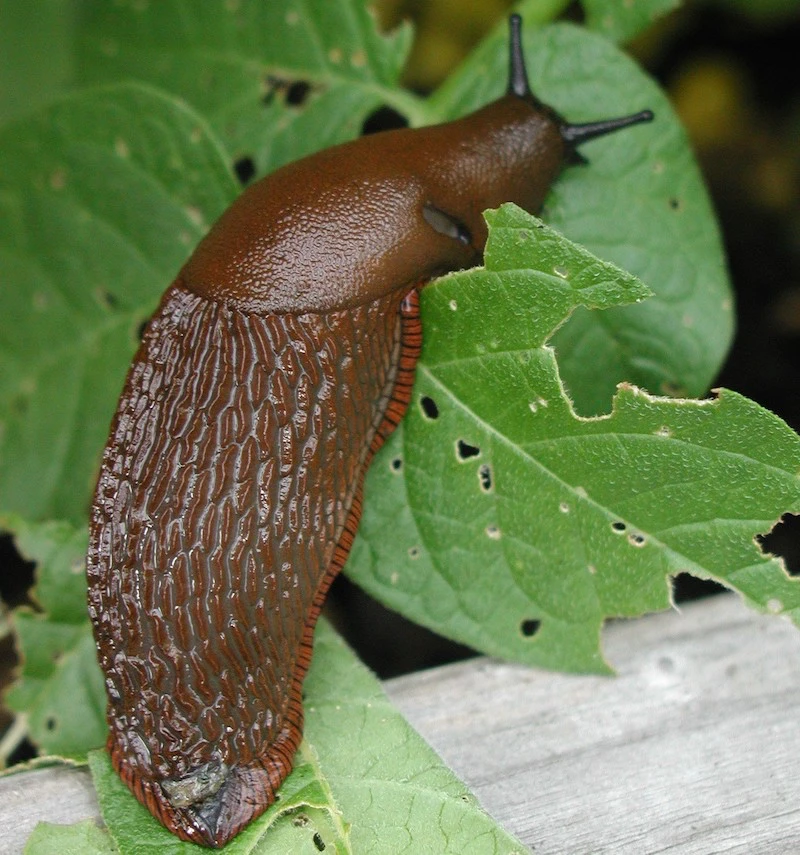
Quick Slug ID
While the battle plan is mostly the same, it helps to know who the main culprit is. You don’t need a biology degree, just a quick look:
- Is it small and grey (under 2 inches)? You’re likely dealing with the Gray Field Slug. These guys are small but mighty, and they absolutely love munching on new seedlings.
- Is it large and black or brownish? This could be an invasive species, often known as the Spanish Slug in some regions. They’re big, bold, and will eat just about anything. A true garden menace.
- Is it spotted, maybe like a leopard? Good news! This is probably a native species. They tend to prefer decaying matter over your healthy plants, so they’re often less of a threat. I usually leave these guys alone unless they’re clearly causing damage.
The Layered Battle Plan for a Slug-Free Garden
Okay, here’s the multi-pronged attack I promised. Doing just one of these things will help a little. Doing all of them? That’s how you take back your garden.
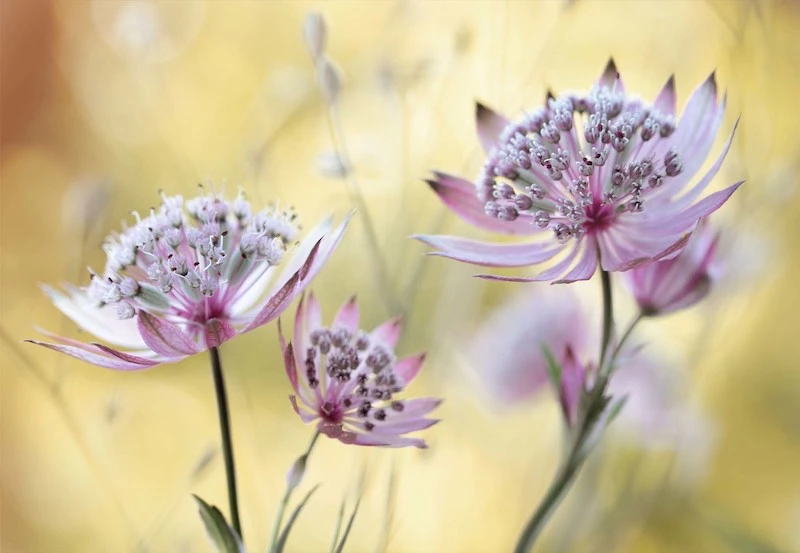
Layer 1: Change the Battlefield (Garden Hygiene)
Your most powerful, long-term weapon is a tidy garden. This is always, always my first move. A clean garden is a terrible place to be a slug.
Think like a slug for a minute. Where would you hide from the hot sun? Get rid of those places.
- Piles of Junk: That stack of old bricks, the forgotten woodpile, or even a big pile of leaves are basically five-star slug hotels. Tidy them up and, if you can, get them up off the ground.
- Underneath Pots: The dark, damp space under a plant pot is slug nirvana. I make a habit of lifting my pots every week or two just to check. A quick tip: place your pots on “pot feet” or a couple of bricks. It costs next to nothing and instantly eliminates that perfect slug hideout.
Do This Tonight (Your First Quick Win): Seriously, go outside right now and lift up your five biggest pots, that loose paving stone, or that watering can you left by the shed. I almost guarantee you’ll find a slug hotspot. Get rid of them, and you’ve already made a real dent in tomorrow’s damage. Feels good, right?

How to Slug-Proof Your Compost Bin
People hear that slugs love compost piles and immediately panic. Don’t! Your compost is black gold. You just need to manage it.
The key is aeration and heat. A hot, active compost pile is no place for a slug. Turn your pile regularly, especially in the fall, to expose any eggs to predators and frost. And a heads-up: try not to dump slug-attracting kitchen scraps like lettuce leaves and melon rinds right on top. Bury them in the center of the pile where the heat will break them down quickly.
Layer 2: Build Your Defenses (Barriers)
Once you’ve cleaned up, it’s time to build some walls. These methods create a physical barrier that slugs hate to cross.
- Copper Tape: This stuff is fantastic for protecting pots and raised beds. Slugs get a tiny, unpleasant electric shock when they touch it. A roll will set you back about $10-$15 at a garden center or online, but it lasts for years. Just make sure you keep it clean with a bit of vinegar now and then.
- Rough Stuff: Slugs’ soft bodies hate crawling over sharp, abrasive materials. You can create a perimeter around vulnerable plants with things like crushed eggshells (free!), coarse sand, or diatomaceous earth (a natural powder made from fossilized algae, about $15-$20 for a big bag). The downside? They’re much less effective when they get wet, so you have to reapply them after it rains.

Layer 3: Set Traps & Go on Patrol
This is the active-duty part of the plan. It’s direct and very satisfying.
My favorite method is the good old-fashioned Slug Patrol. An hour or so after dusk, head out with a flashlight and a bucket of soapy water (or scissors, if you’re not squeamish). Check under the leaves of their favorite plants, like hostas and lettuce. Pluck them off and drop them in the bucket. It’s the most effective method there is, period.
Then there’s the famous Beer Trap. Just sink a shallow container (like a yogurt cup or tuna can) into the soil so the rim is at ground level, and fill it with cheap beer. Slugs are drawn to the yeast, fall in, and drown. It’s cheap and it works. The cons? You have to empty it every day (it gets gross), and some argue it can attract slugs from your neighbor’s yard. I use them sparingly around my most prized seedlings.

Layer 4: Call in the Reinforcements
Sometimes, you need to bring in the big guns. But we can still be smart about it.
- Beneficial Nematodes: This is my go-to for a serious infestation. Nematodes are microscopic critters that you mix with water and apply to your soil. They actively hunt down and kill slugs from the inside out. It sounds brutal, but it’s completely organic and safe for pets, wildlife, and kids. A treatment costs between $30 and $60, depending on the size of your garden, and is most effective when soil is moist and warm.
- Iron Phosphate Pellets: If you’re going to use slug bait, please use one with iron phosphate. Products like Sluggo or Garden Safe are pet-safe and break down into fertilizer. They work. The key is to use them correctly. Don’t just dump piles everywhere. Scatter them lightly around the plants you want to protect and near their suspected hideouts. A small box costs around $10-$15 and should last a while.
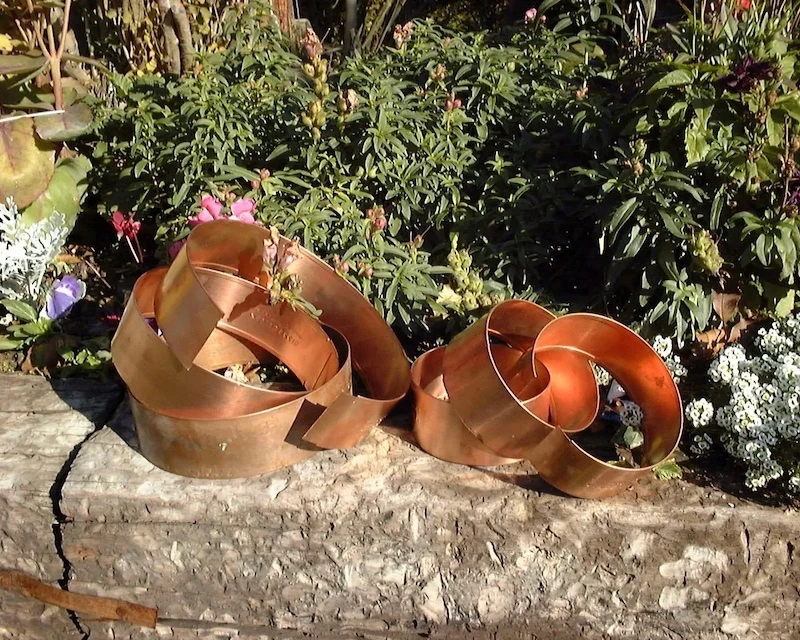
Common Mistakes I See All the Time
Before you run off to battle, let’s clear up a few things. Please, whatever you do, do not use salt! Yes, it kills slugs, but it also absolutely destroys your soil, making it toxic for your plants. It’s a terrible, short-sighted idea.
Another common mistake is just chucking pellets everywhere. This is wasteful and less effective. Strategic placement is the name of the game. A light sprinkle where slugs travel and hide is far better than a big pile in the open.
So there you have it. It’s not one thing, it’s everything. By tidying up their homes, building defenses, trapping the invaders, and occasionally calling in reinforcements, you create a garden that is resilient and beautiful. It takes consistency, but you can absolutely win the war. Trust me.
Inspiration:
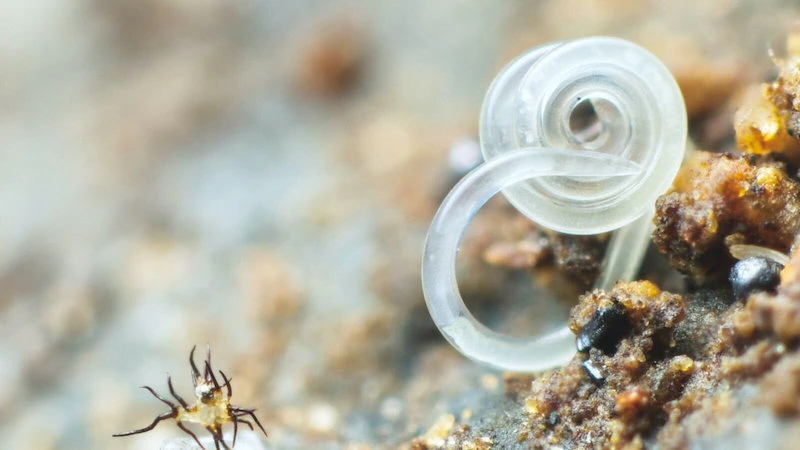
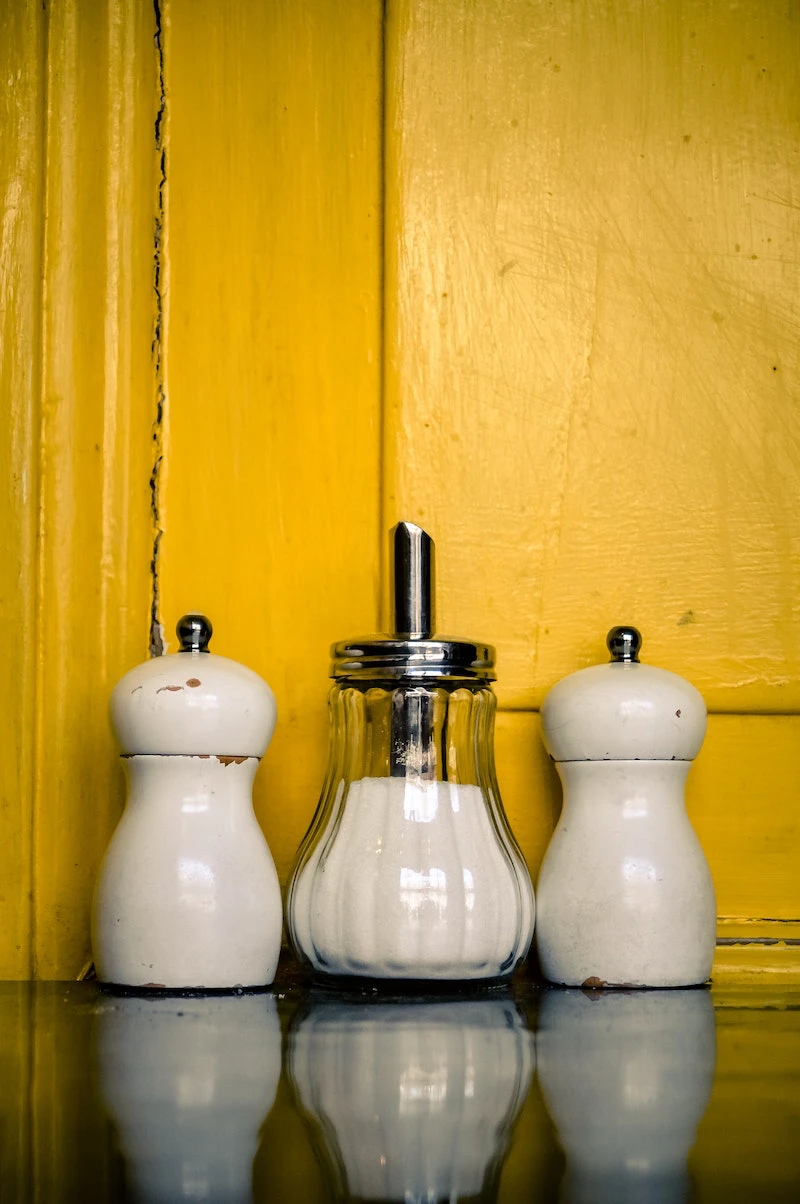
Beyond the classic beer trap, the citrus trick is a gardener’s secret weapon. The hollowed-out rind of a grapefruit or orange provides the dark, damp shelter slugs crave, and the faint, sweet scent is irresistible.
- Simply place the half-rind cut-side down in a hotspot before evening.
- In the morning, you’ll find it full of slugs.
- Dispose of them as you see fit – a quick trip to the compost bin (far from your prize plants!) or the chicken coop is a popular choice.

Looking for a biological weapon for your slug war?
Consider pathogenic nematodes. These are microscopic, naturally occurring roundworms that are mortal enemies of slugs. Products like Nemaslug® from BASF contain the species Phasmarhabditis hermaphrodita, which actively hunt down slugs by entering their bodies and releasing deadly bacteria. The infected slug stops feeding within days and dies underground. It’s a targeted, safe solution for pets and wildlife, and is most effective when soil temperatures are above 5°C (41°F).
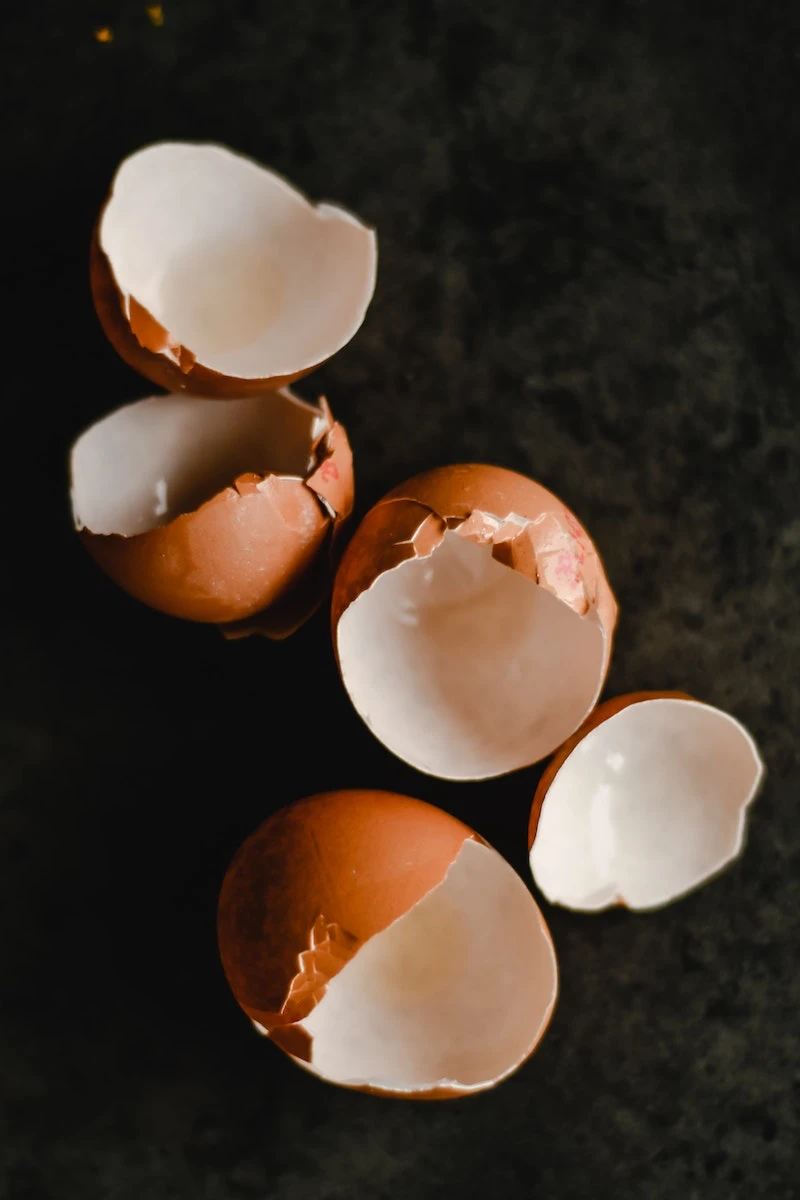
A single ground beetle larva can devour dozens of slug eggs and small slugs throughout its development.
Encouraging these
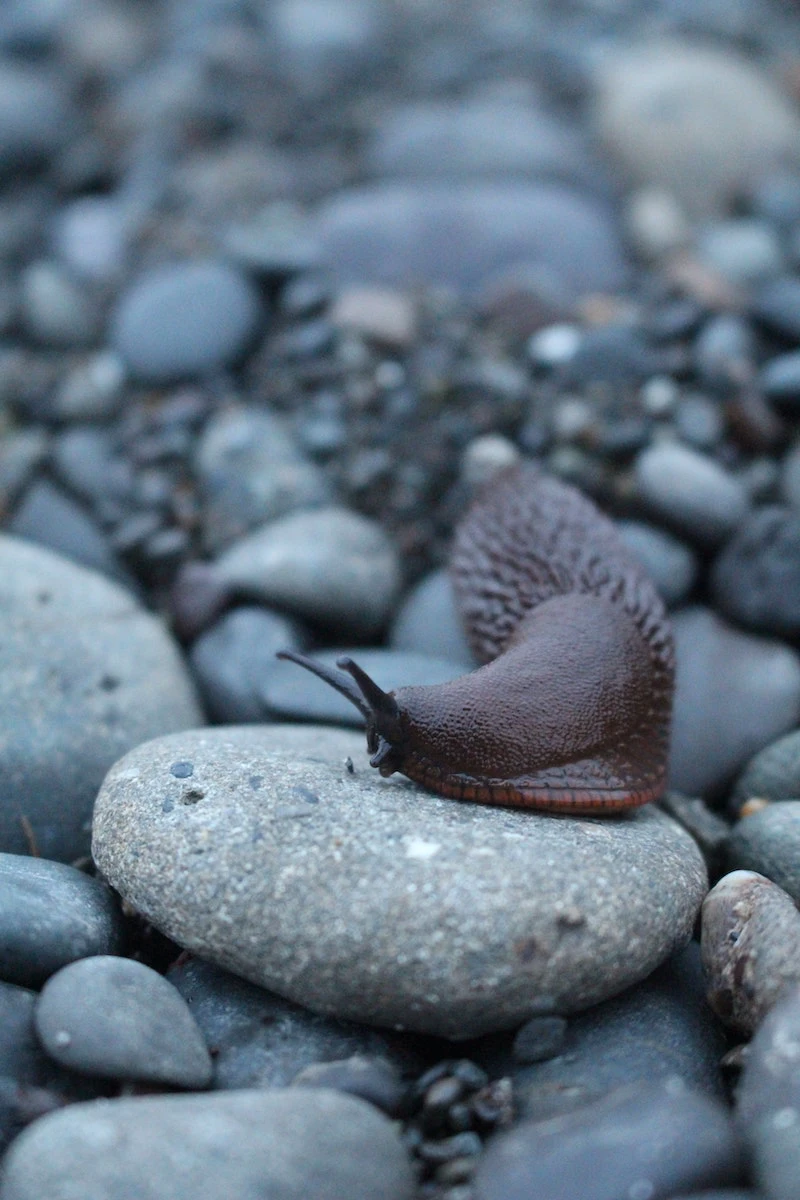
- Enjoy lush foliage without the tell-tale holes.
- Spend less time on patrol and more time admiring your work.
- Create a resilient garden that naturally deters pests.
The secret? Choosing plants slugs actively dislike. They tend to avoid highly fragrant, fuzzy, or tough, leathery leaves. Think about incorporating robust choices like hardy Geraniums (‘Rozanne’ is a classic), most ferns (like the Ostrich Fern), Alliums, and fragrant herbs like rosemary and lavender into your planting scheme.
A word of caution on salt: While it certainly kills slugs on contact through rapid dehydration, sprinkling it directly in your garden is a terrible idea. It builds up in the soil, increasing salinity to levels that can harm or even kill your plants and essential soil organisms. Keep it for targeted applications on patios or paths, and never on your precious beds.










